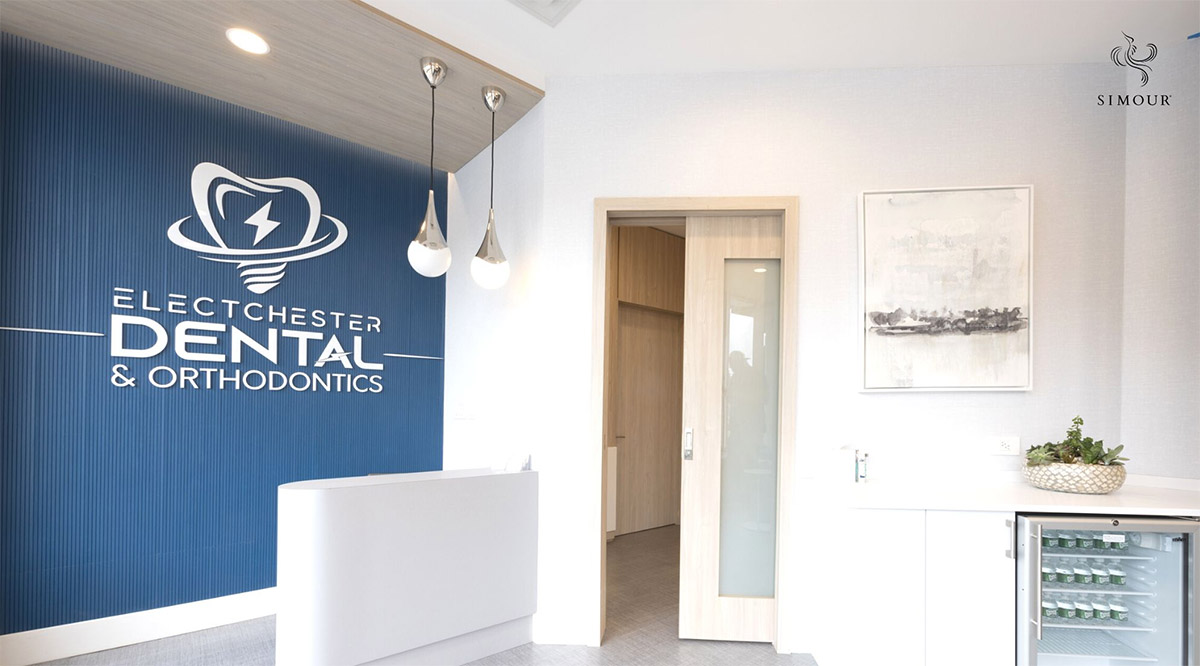“Intention is the seed that creates our future.” – Jack Kornfield
Designing with purpose means that you have a stronghold of what your vision is and have worked out strategies for how to specifically achieve these goals. It saves you a lot of stress and money and empowers you to envision the space and build that vision into reality with the least amount of compromise. Simour Design is a very big proponent of intentional design, and we hope that through today’s blog, we give you more reasons to be more confident about making smarter decisions for your medical spaces.
Intentional Design Optimizes Real Estate
Smart Healthcare facilities must be aware that every square foot counts. Space is a luxury that costs money if not made to reach its full revenue potential. Optimizing the space means making them work at their peak performance and that can only be achieved if there is a thorough accounting of how every nook and cranny has been utilized. Careful planning and smart storage solutions will be able to carve out most of the usable volume of your space, not just the floor space but in the vertical axis. A pro tip here is that to ensure profitability we recommend allotting 60-70% of the total floor space for revenue-generating activities with the rest thoughtfully utilized for circulation and service functions. Start with that rule of thumb so you don’t end up wasting valuable space.
Intentional Design Accounts for Growth
Intentionality demands a certain confidence in the future and thinking of the growth possibilities even at the onset of the planning of your short-term space means a quick shift to expansion with the least number of disruptions. Multipurpose and modularity work to make standardized spaces that can easily change functions depending on demand. Imagine generic rooms like conference rooms that can be divided to be future treatment rooms, imagine storage solutions that can be disassembled and reassembled to increase capacity as it keeps pace with the projected growth. Smart integrations like these enable practices to get in more clients and more revenue in turn without having to shut down and renovate at short notice.
Intentional Design Improves Productivity
Designing with purpose begins with understanding your team’s workflow as much as you do with your patients. Understanding that they are the backbone of the practice, the smart design enables the workplace to have an efficient workflow with the least number of disruptions. It could be as small as thinking of ergonomic and anthropometric considerations in their workstations and there are macro situations like patient flow where adjacencies and travel times make the more meaningful consideration. Designing breakrooms where staff can decompress from work and have their meal in peace is just as important to delivering efficient patient care as much as patient-facing spaces.
Intentional Design Integrates Technology
Smart healthcare facilities are not afraid of technology instead, they welcome it with open arms. If there is anything that the pandemic has taught us all, it is that there are ways that the online world can be integrated into our daily activities. Why not retain these offsite, online check-in options, teleconferencing for patient consults, encrypted patient records that can be accessed by doctors on demand, and automated booking procedures? There is just so much room that tech has inserted itself into the regular workflow and it will be a slide back to lose these gains we have accumulated instead of enriching them. If the digital economy is the way of the future, then it will be completely un-smart to work against the tide.
Intentional design is a win across the board. It makes all the processes – design, construction, and operation as stress-free as possible. Let us empower you to make more meaningful decisions regarding your medical spaces by booking a complimentary design consultation with us now. There is always room for improvement in any medical space and it takes a lot of intentionality to embark on that journey. Let that journey start for you, soon.




